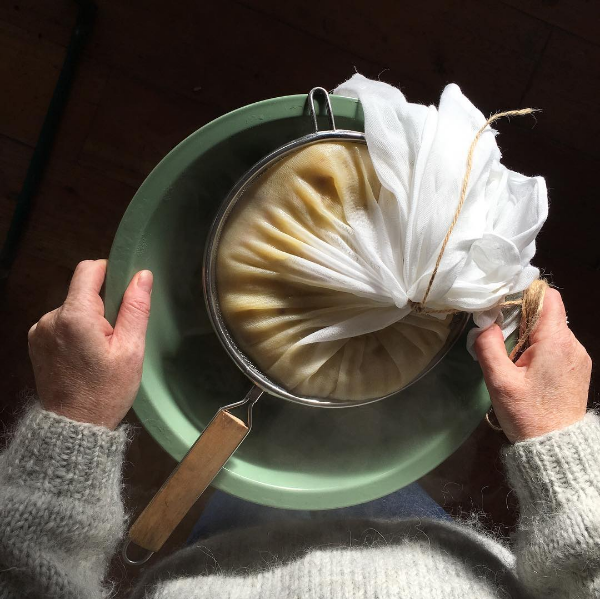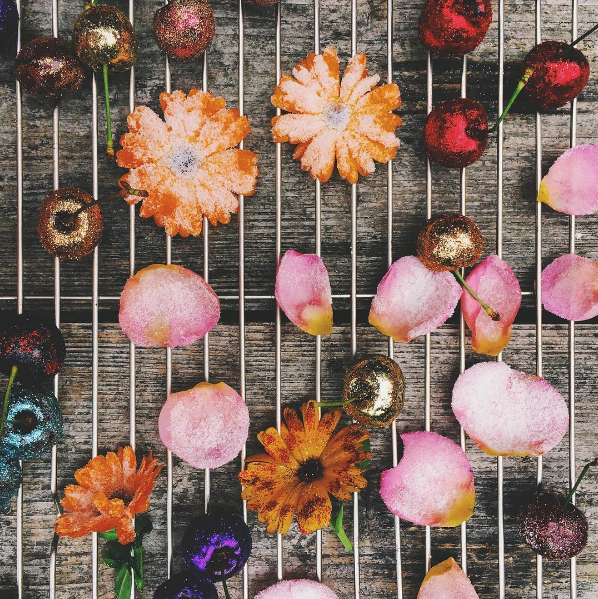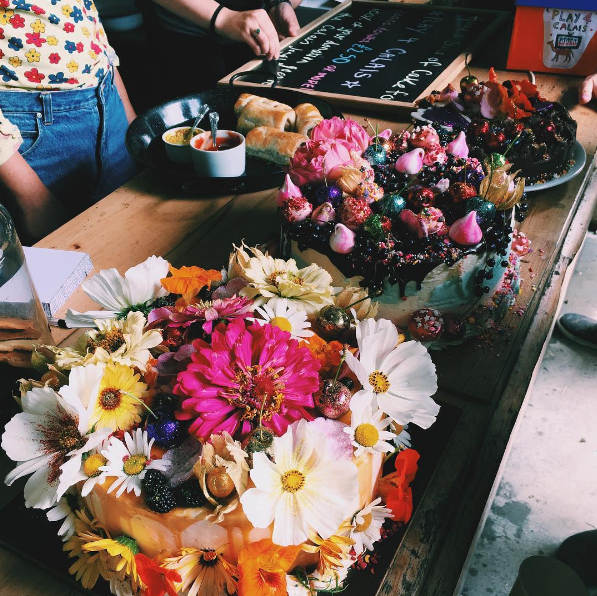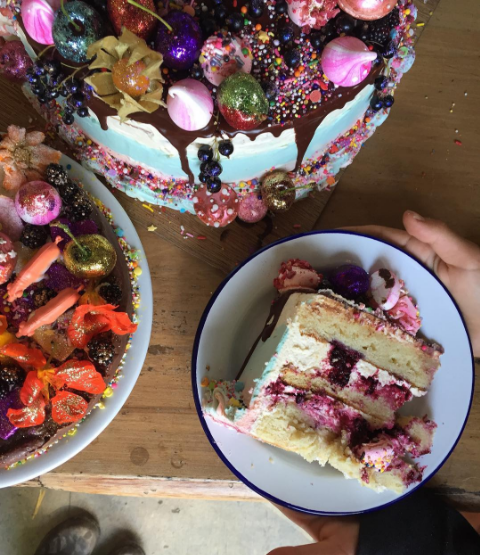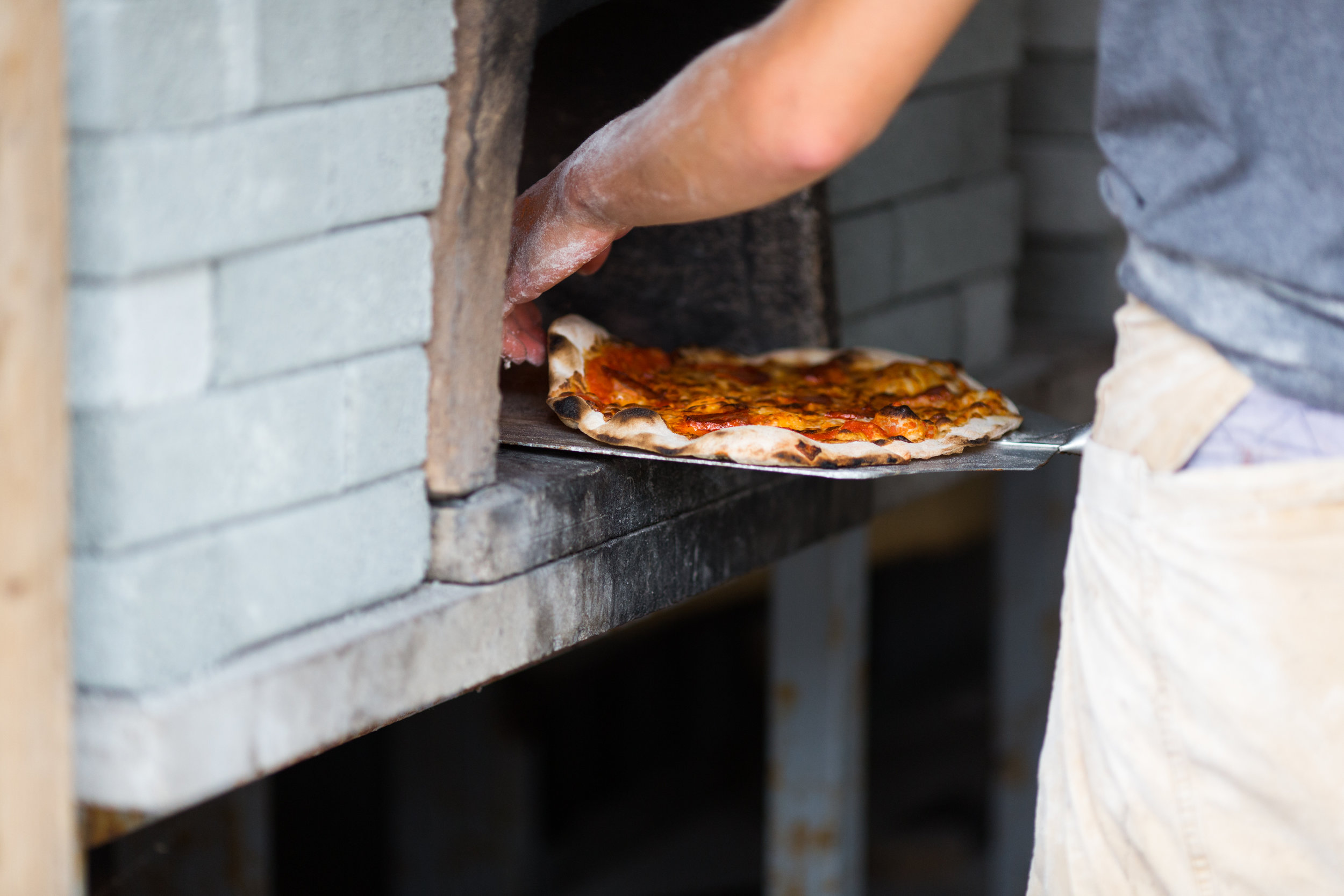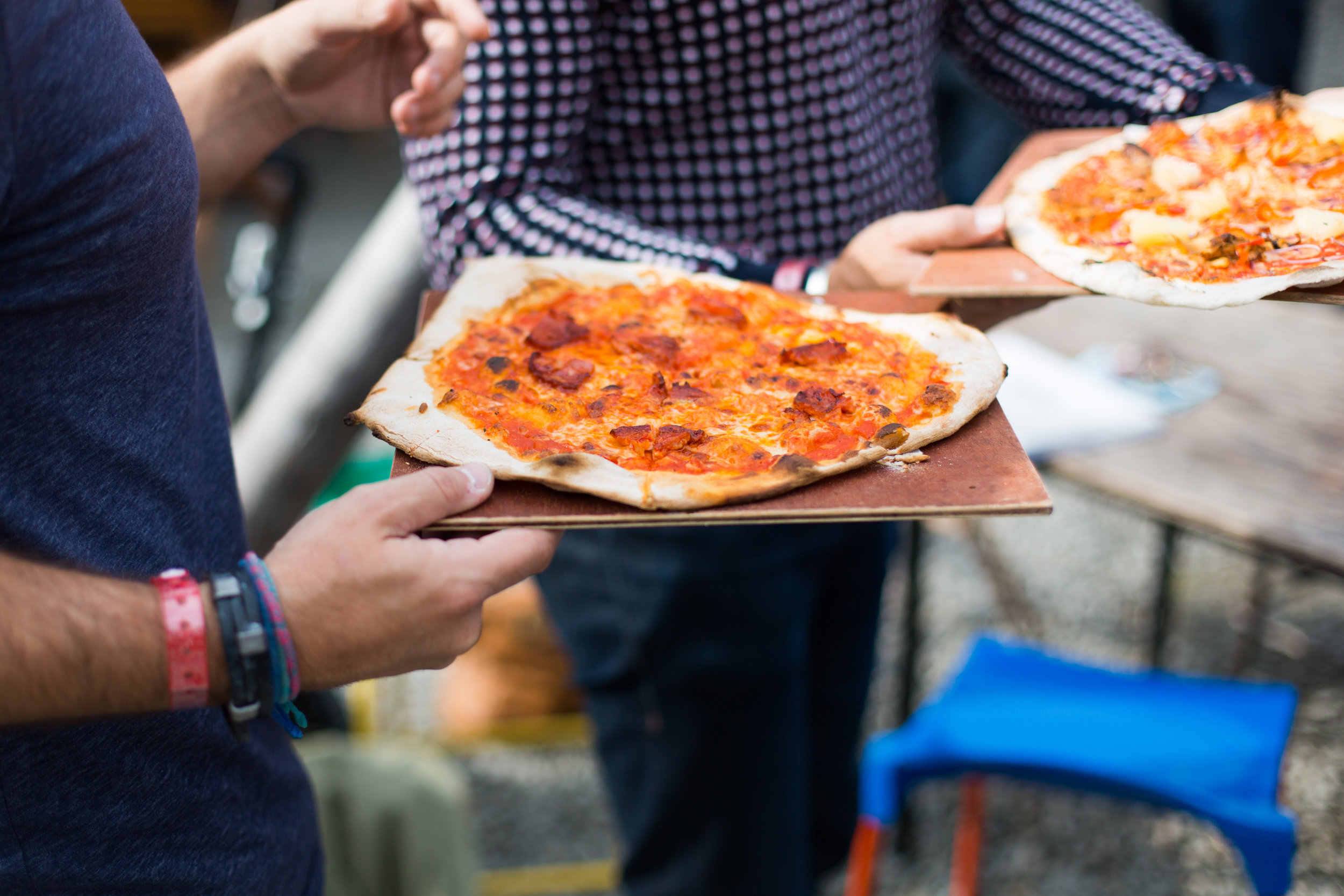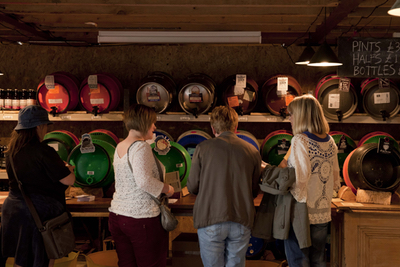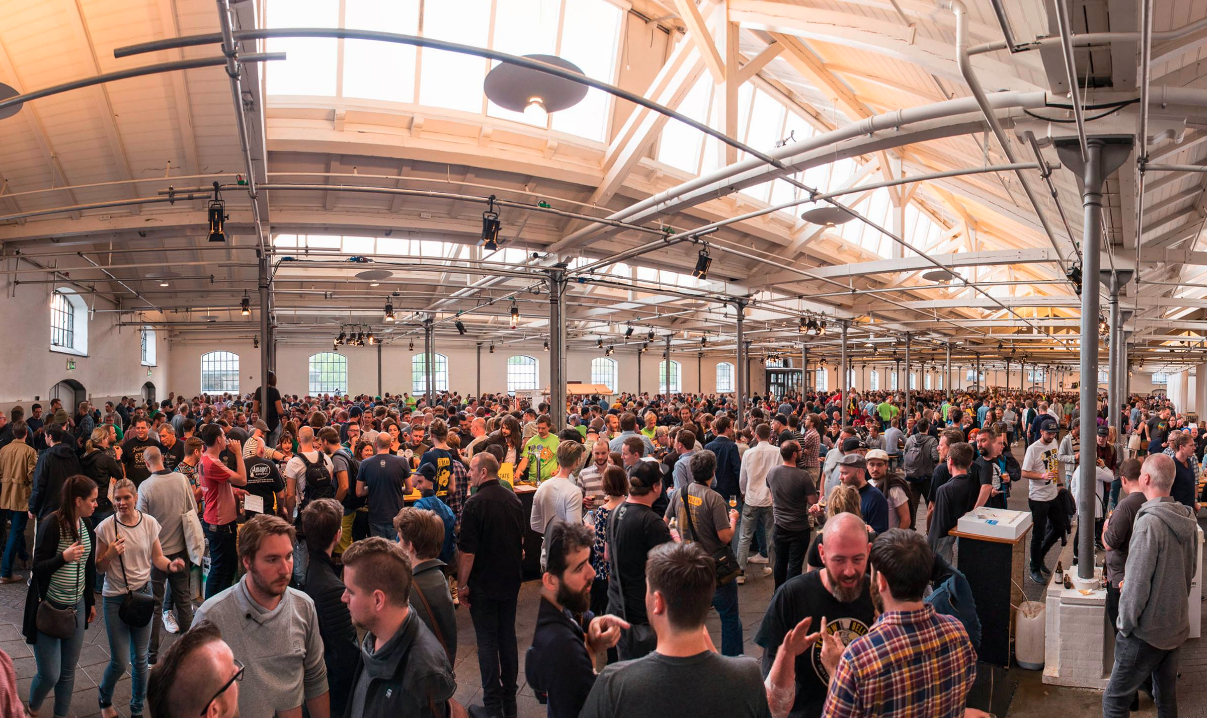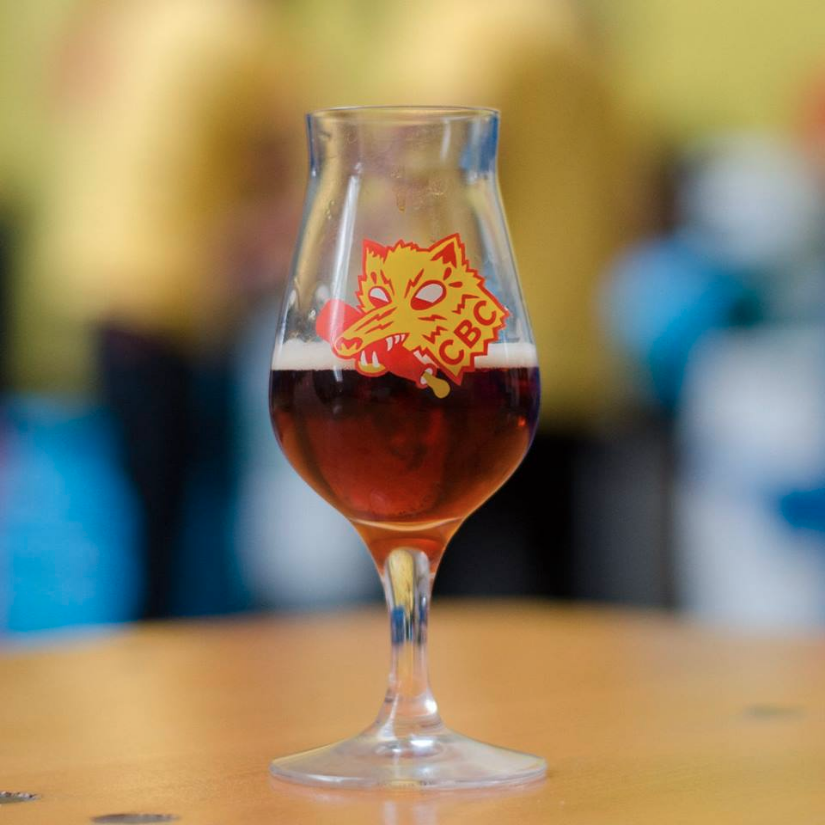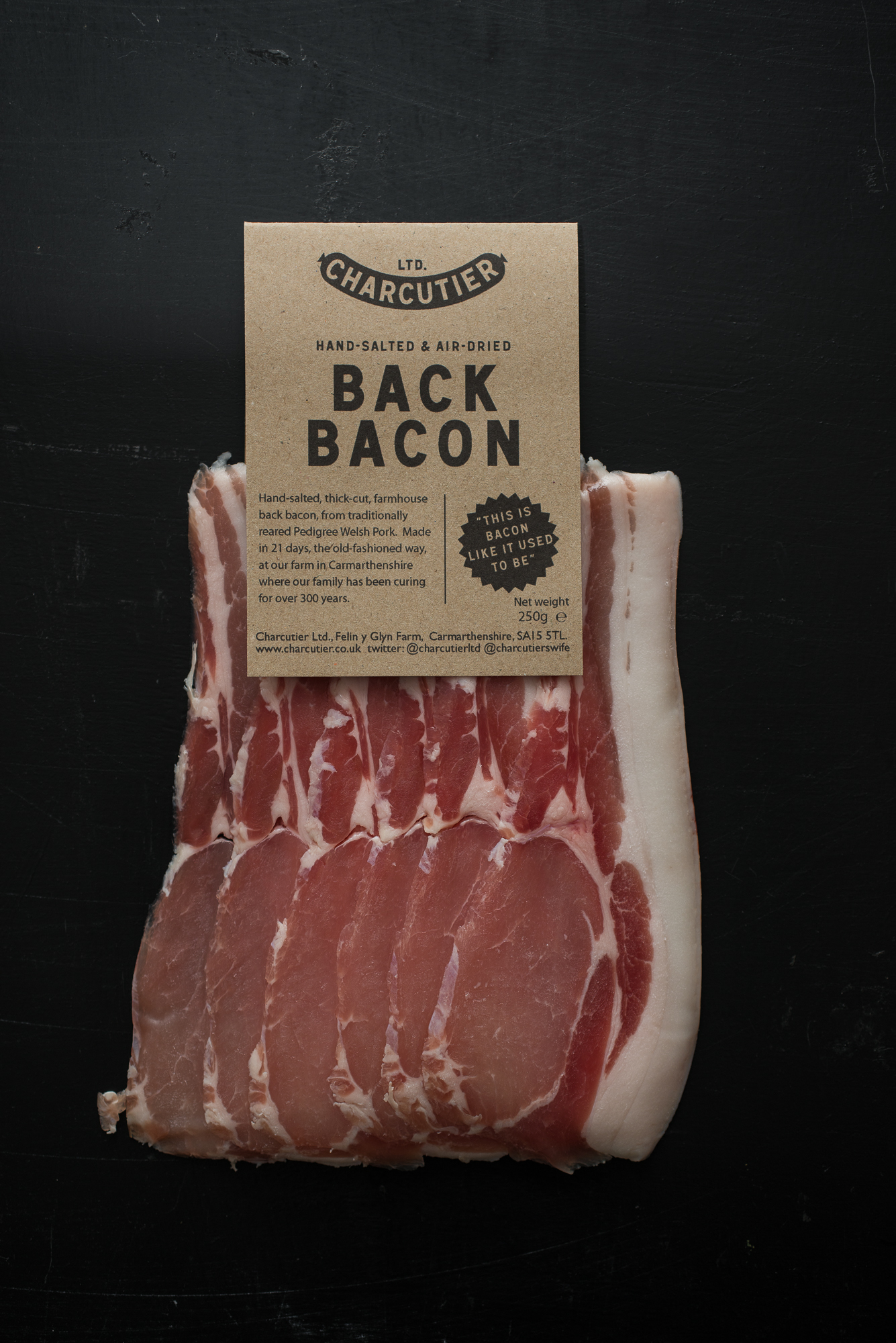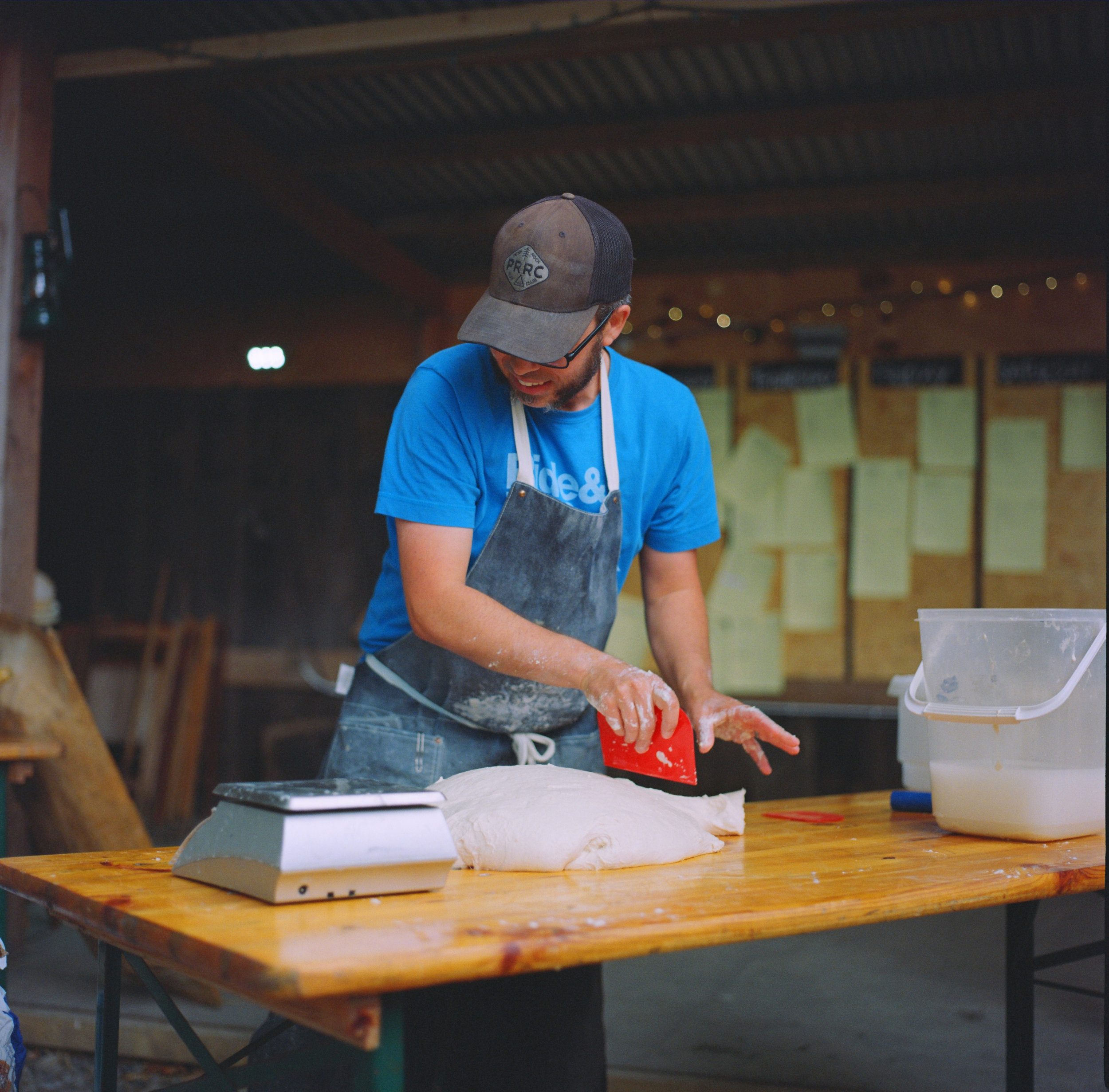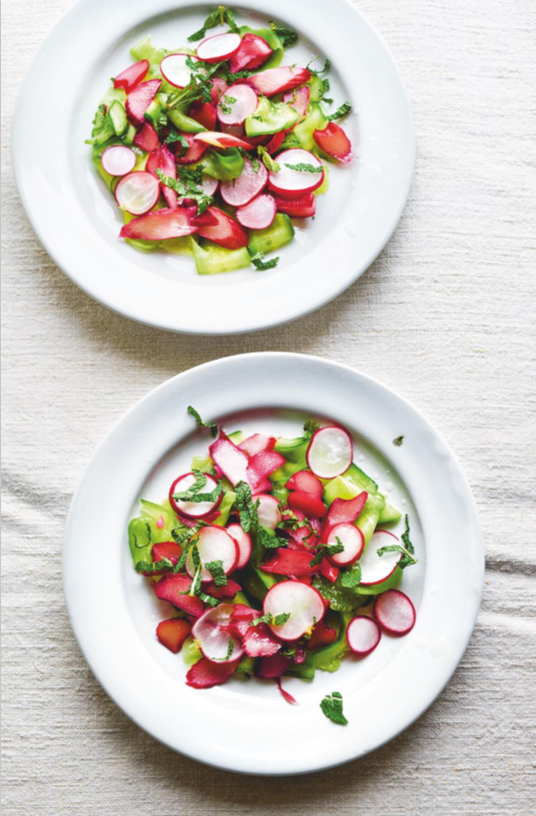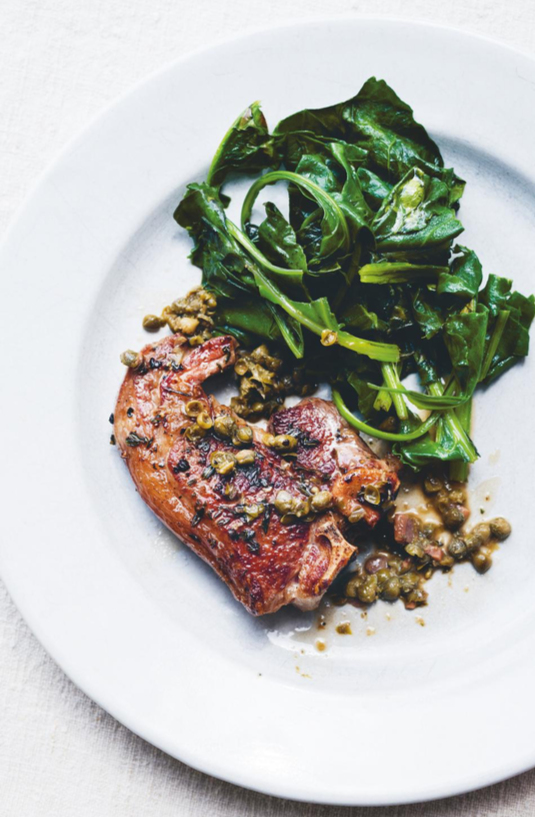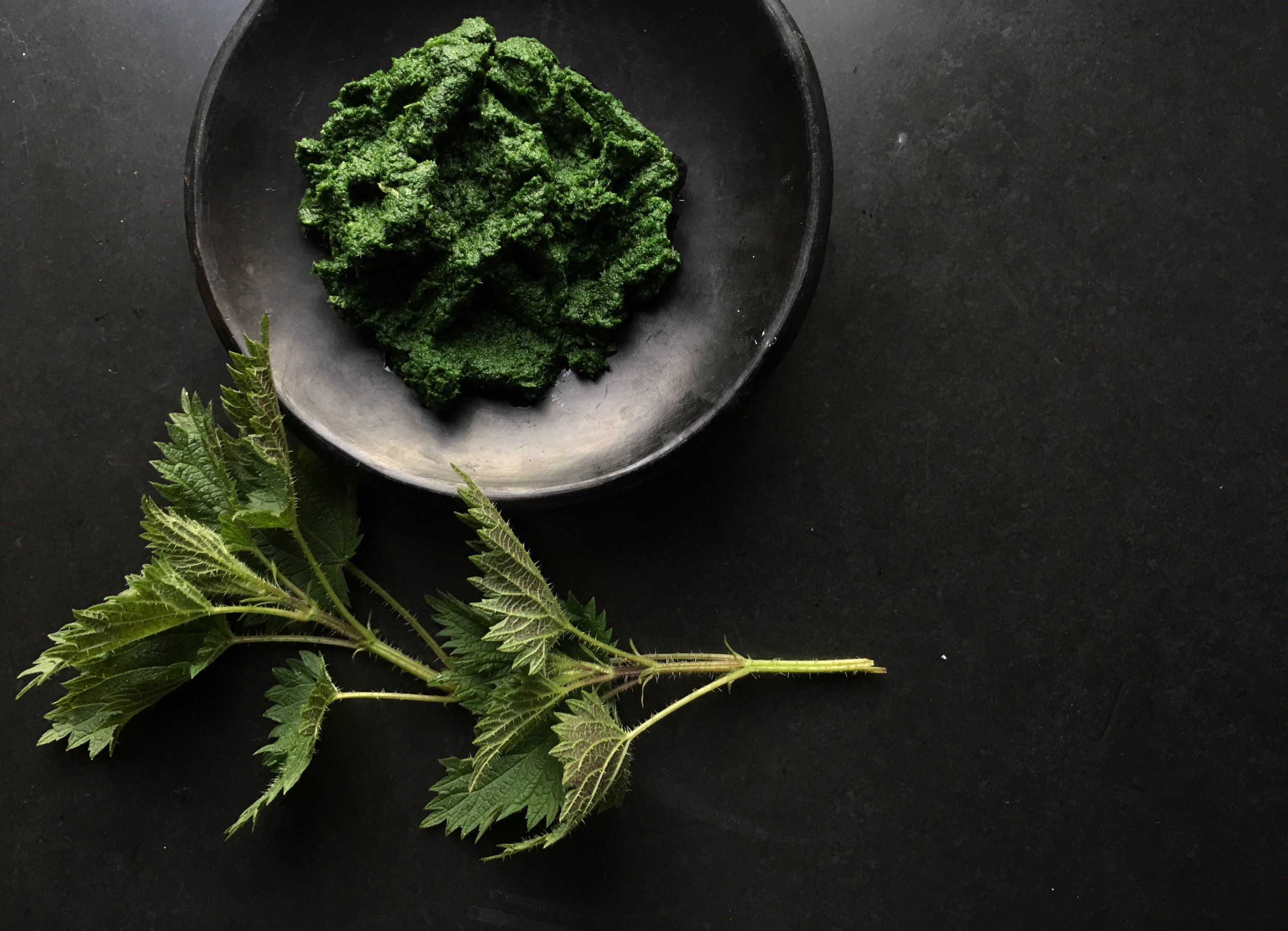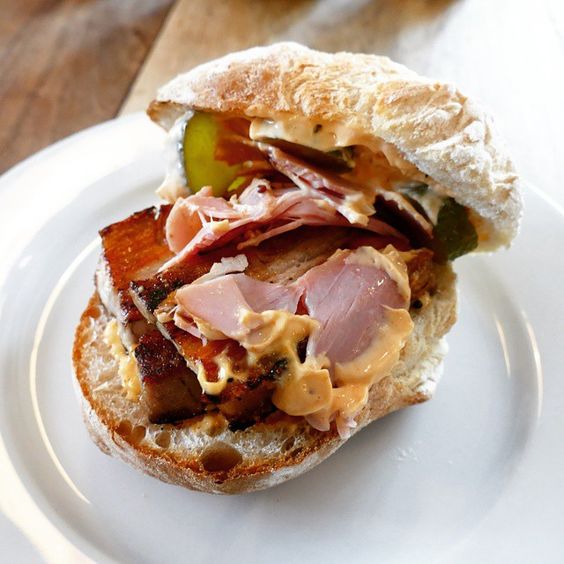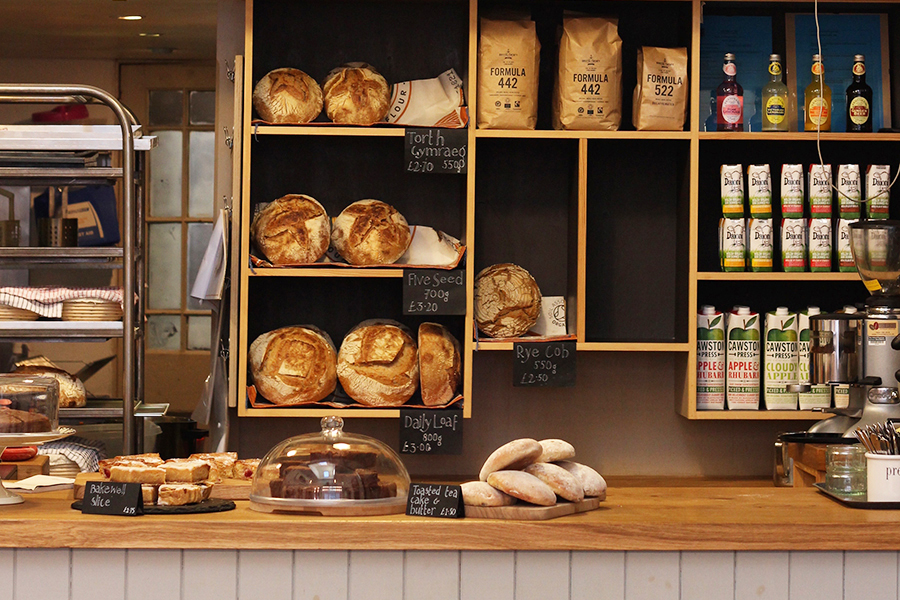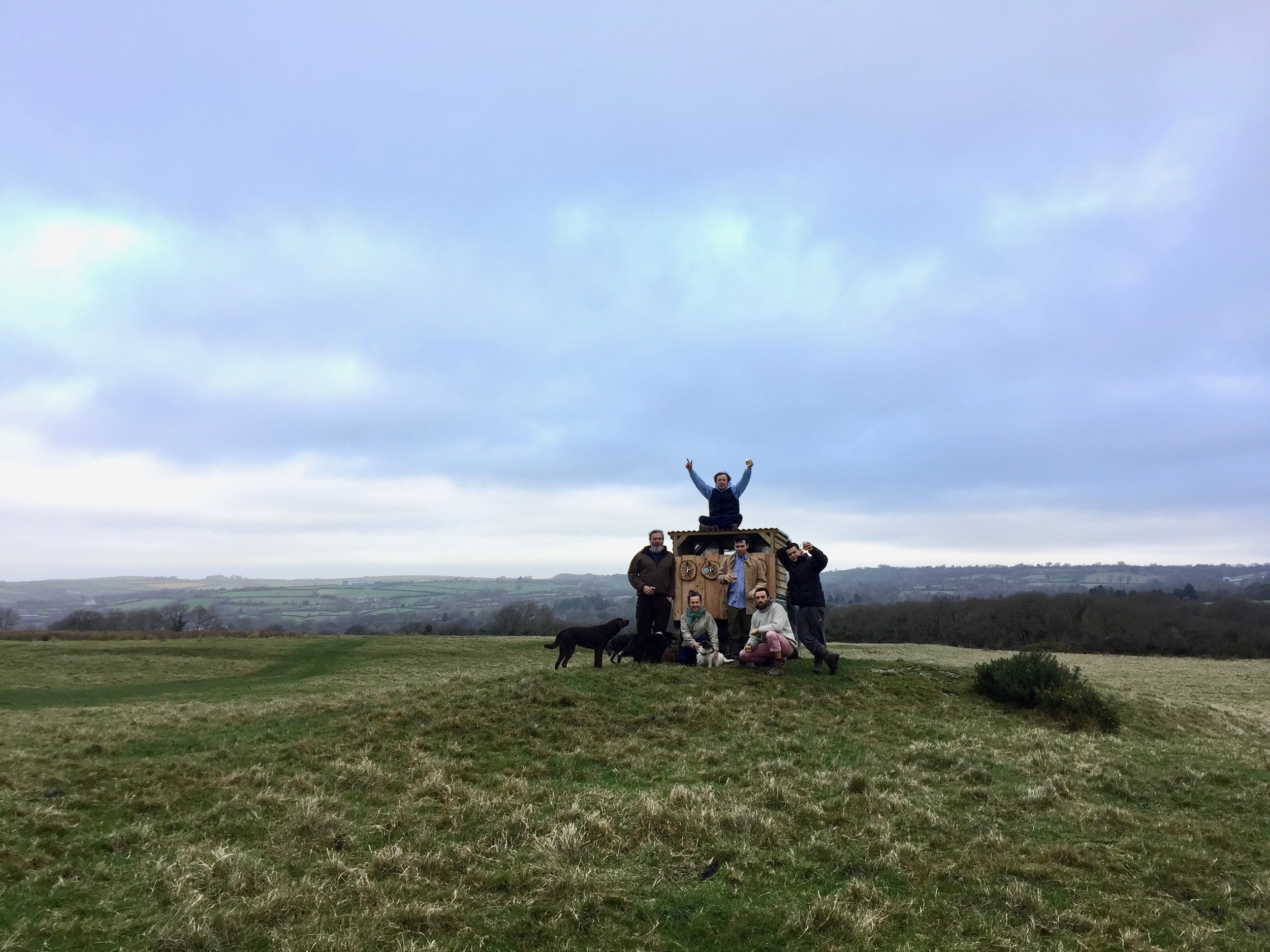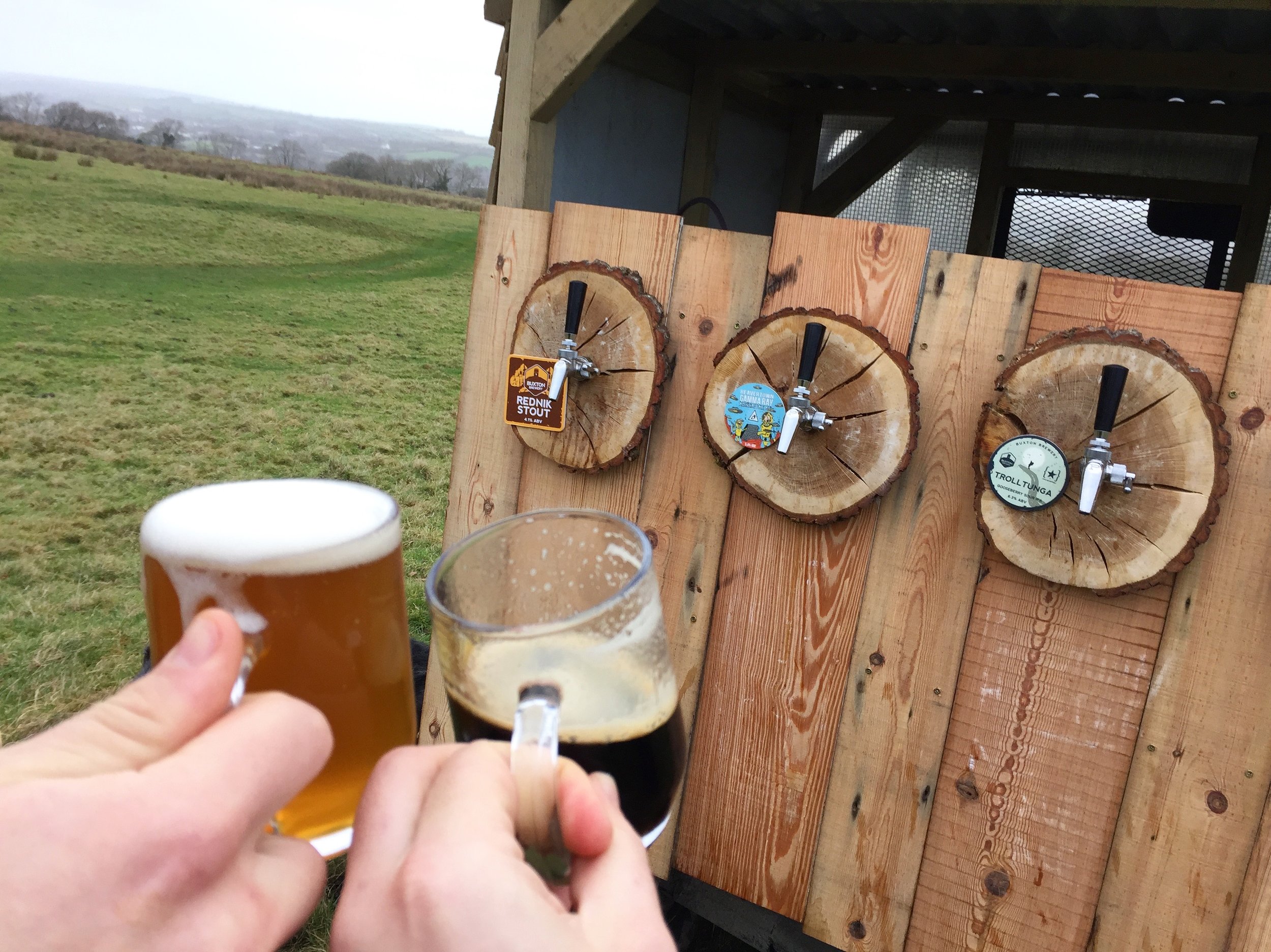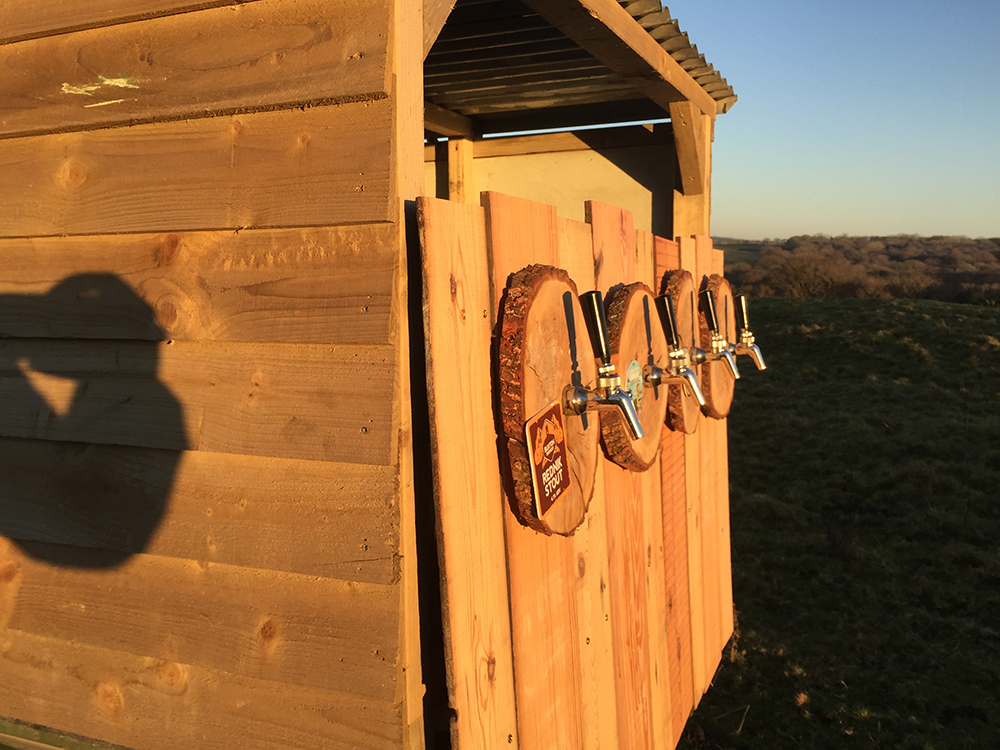Cooking with fire is our favoured method at fforest. Pizzas cooked in outdoor clay ovens, ribs smoked over apple wood in chief's cast iron smoker, whole roasted pig over an open fire...
Whilst we're constantly looking for better ways to cook with the flame, we never forget where it all started. Over campfires in the woods, on the beach and under the sand, cooking on sticks or embers surrounded by friends and family. Everyone can get involved, especially younger adventurers. Learning the basics of campfire cooking is a great way to make your camping holidays, trips to the beach and hikes in the mountains even more adventurous. We've adapted articles from Wild Child Outdoor & Ordnance Survey Maps who have shared great knowledge of the basics of campfire cooking. Giving tips on how to cook over fire efficiently and safely, and making the whole process more family friendly...
Getting your fire going
If you are planning on cooking over a fire, fuel choice is more important than normal. You want to use wood that does not smoke much, gives a reasonable heat and burns slowly. Hardwoods such as oak, ash and beech are best for steady heat, as they burn for a long time. Softwoods such as pine will burn faster and hotter, which is not ideal. They also contain more resins, which can create bitter scented smoke. Avoid any wood that is painted or has preservatives (green or orange coloured wood) as this could give off harmful chemicals. The smoke from most hardwoods will add to the flavour. If you can find any fruit woods (such as apple) they can add a distinctive taste too.
Whatever fuel you use, it needs to be dry to burn well and reduce smoke. If you are collecting wood locally (again, check local rules), choose wood that's been dead for a while - it will feel relatively light. Alternatively petrol stations, country stores and other local shops often have sacks of ready-to-burn wood.
When lighting your fire, avoid the use of paraffin-based firelighters, lighter fluid or petrol - they're going to taste nasty! You can get 'natural' lighters, or just use small tinder such as paper, straw, shavings or small twigs to get the fire going - see the OS Maps beginners guide on lighting a fire for more detail.
Once the fire is going, you want it to burn down until there are few big flames. Like a barbecue, you generally cook over hot embers, so once it has reduced a little rake the embers to even them out. You can also pull some hot embers to the side, while keeping the main fire going.
So on your next camping trip leave the BBQ behind and try something a bit more adventurous!







